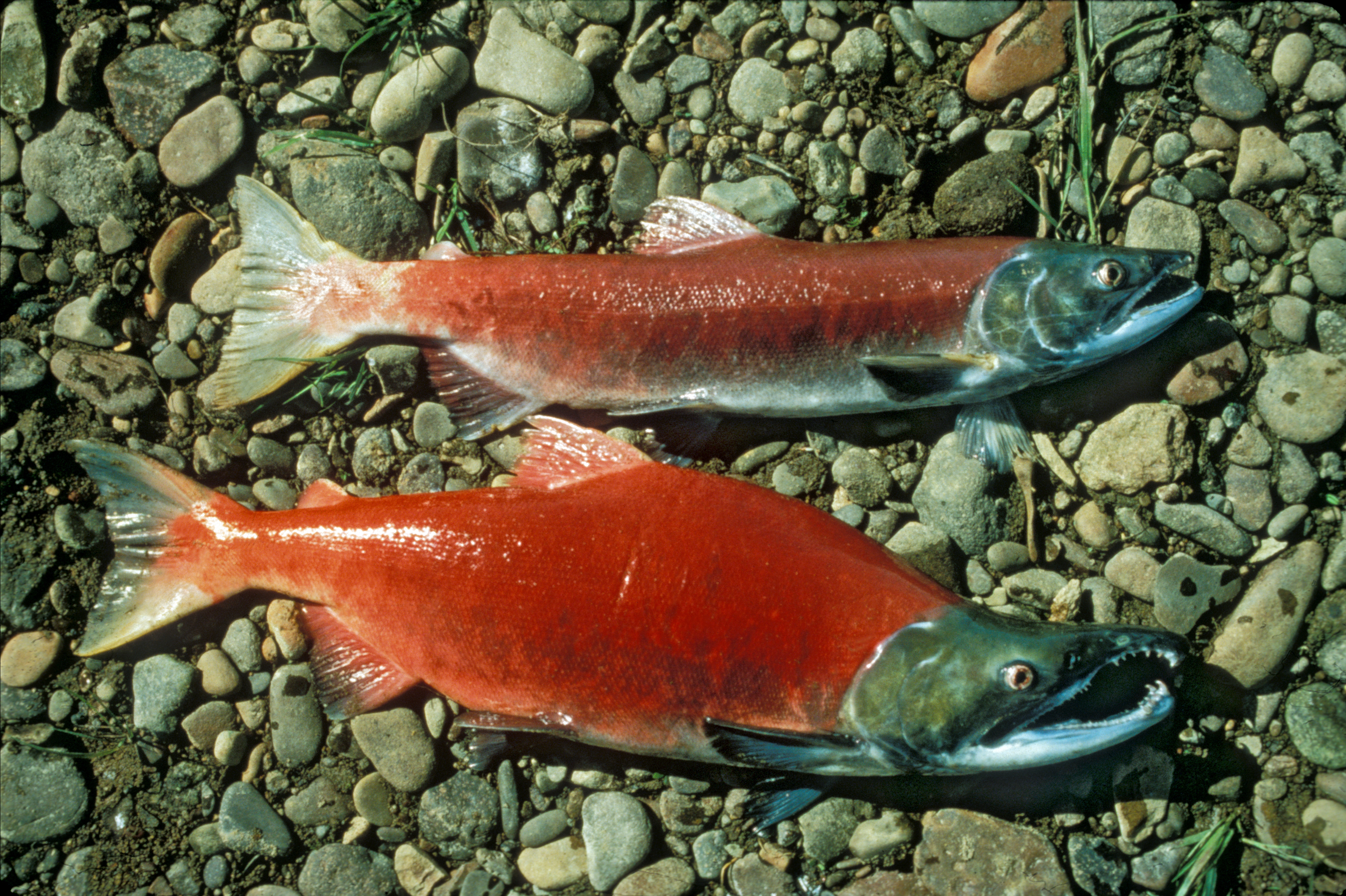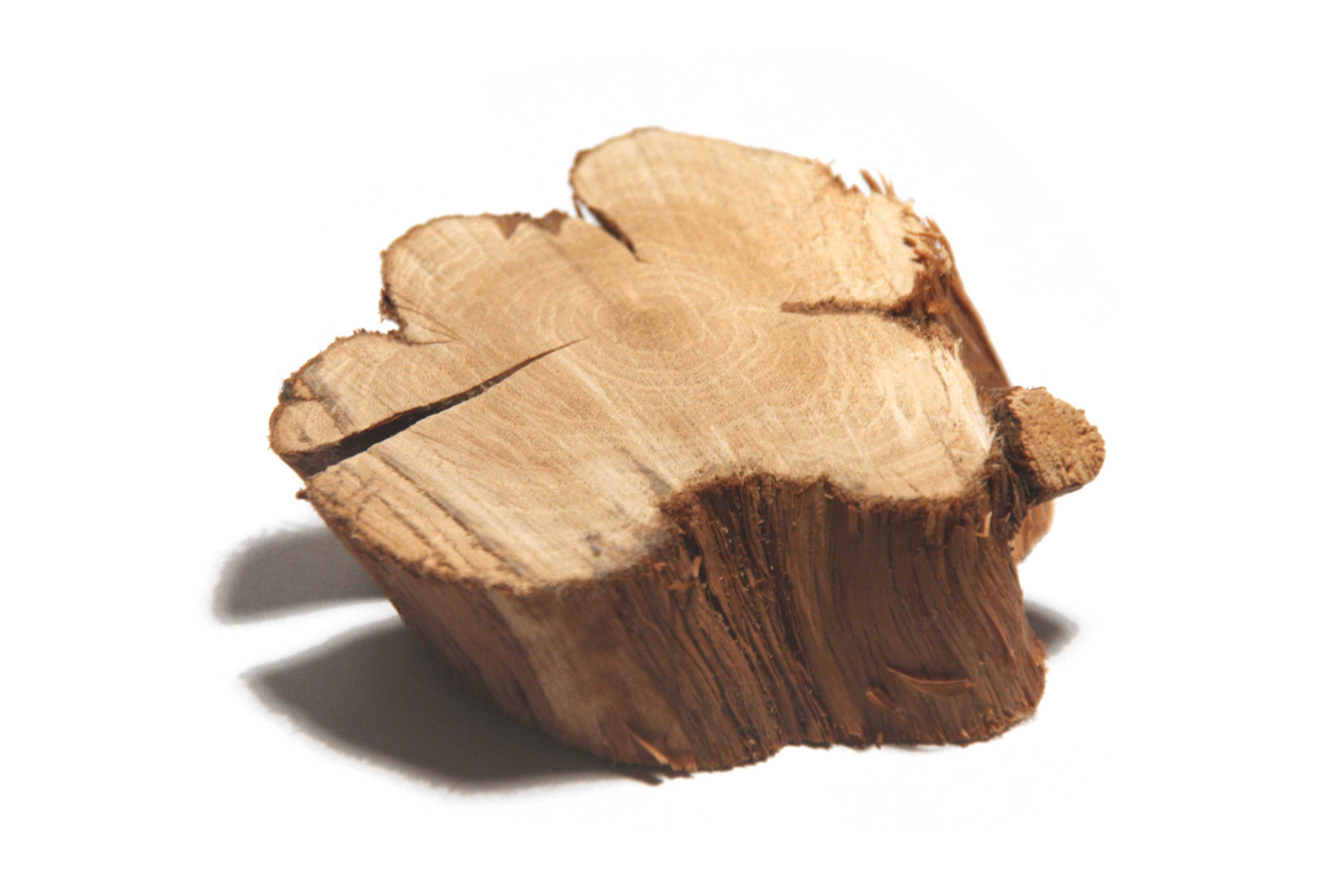|
Polycarpic
Polycarpic plants are those that flower and set seeds many times before dying. A term of identical meaning is pleonanthic and iteroparous. Polycarpic plants are able to reproduce multiple times due to at least some portion of its meristems being able to maintain a vegetative state in some fashion so that it may reproduce again. This type of reproduction seems to be best suited for plants who have a fair amount of security in their environment as they do continuously reproduce. Generally, in reference to life-history theory, plants will sacrifice their ability in one regard to improve themselves in another regard, so for polycarpic plants that may strive towards continued reproduction, they might focus less on their growth. However, these aspects may not necessarily be directly correlated and some plants, notably invasive species, do not follow this general trend and actually show a fairly long lifespan with frequent reproduction. To an extent, there does seem to be an importance o ... [...More Info...] [...Related Items...] OR: [Wikipedia] [Google] [Baidu] |
Monocarpic
Monocarpic plants are those that flower and set seeds only once, and then die. The term is derived from Greek (''mono'', "single" + ''karpos'', "fruit" or "grain"), and was first used by Alphonse de Candolle. Other terms with the same meaning are '' hapaxanth'' and ''semelparous''. The antonym is polycarpic, a plant that flowers and sets seeds many times during its lifetime; the antonym of semelparous is '' iteroparous''. Plants which flower en masse (gregariously) before dying are known as plietesials. The term ''hapaxanth'' is most often in conjunction with describing some of the taxa of Arecaceae (palms) and some species of bamboo, but rarely used otherwise; its antonym is ''pleonanth''. This was first used by Alexander Braun. Monocarpic plants are not necessarily annuals, because some monocarpic plants can live a number of years before they will flower. In some monocarpic plants, flowering signals senescence, while in others the production of fruits and seeds causes chang ... [...More Info...] [...Related Items...] OR: [Wikipedia] [Google] [Baidu] |
Flower
A flower, sometimes known as a bloom or blossom, is the reproductive structure found in flowering plants (plants of the division Angiospermae). The biological function of a flower is to facilitate reproduction, usually by providing a mechanism for the union of sperm with eggs. Flowers may facilitate outcrossing (fusion of sperm and eggs from different individuals in a population) resulting from cross-pollination or allow selfing (fusion of sperm and egg from the same flower) when self-pollination occurs. There are two types of pollination: self-pollination and cross-pollination. Self-pollination occurs when the pollen from the anther is deposited on the stigma of the same flower, or another flower on the same plant. Cross-pollination is when pollen is transferred from the anther of one flower to the stigma of another flower on a different individual of the same species. Self-pollination happens in flowers where the stamen and carpel mature at the same time, and are positione ... [...More Info...] [...Related Items...] OR: [Wikipedia] [Google] [Baidu] |
Semelparity And Iteroparity
Semelparity and iteroparity are two contrasting reproductive strategies available to living organisms. A species is considered semelparous if it is characterized by a single reproductive episode before death, and iteroparous if it is characterized by multiple reproductive cycles over the course of its lifetime. Iteroparity can be further divided into continuous iteroparity (primates including humans and chimpanzees) and seasonal iteroparity (birds, dogs, etc.) Some botanists use the parallel terms monocarpy and polycarpy. (See also plietesials.) In truly semelparous species, death after reproduction is part of an overall strategy that includes putting all available resources into maximizing reproduction, at the expense of future life (see § Trade-offs). In any iteroparous population there will be some individuals who die between their first and second reproductive episodes, but unless this is part of a syndrome of programmed death after reproduction, this would not be calle ... [...More Info...] [...Related Items...] OR: [Wikipedia] [Google] [Baidu] |
Meristems
The meristem is a type of tissue found in plants. It consists of undifferentiated cells (meristematic cells) capable of cell division. Cells in the meristem can develop into all the other tissues and organs that occur in plants. These cells continue to divide until a time when they get differentiated and then lose the ability to divide. Differentiated plant cells generally cannot divide or produce cells of a different type. Meristematic cells are undifferentiated or incompletely differentiated. They are totipotent and capable of continued cell division. Division of meristematic cells provides new cells for expansion and differentiation of tissues and the initiation of new organs, providing the basic structure of the plant body. The cells are small, with no or small vacuoles and protoplasm fills the cell completely. The plastids (chloroplasts or chromoplasts), are undifferentiated, but are present in rudimentary form (proplastids). Meristematic cells are packed closely together wi ... [...More Info...] [...Related Items...] OR: [Wikipedia] [Google] [Baidu] |
Vegetative State
A persistent vegetative state (PVS) or post-coma unresponsiveness (PCU) is a disorder of consciousness in which patients with severe brain damage are in a state of partial arousal rather than true awareness. After four weeks in a vegetative state (VS), the patient is classified as being in a persistent vegetative state. This diagnosis is classified as a permanent vegetative state some months (three in the US and six in the UK) after a non-traumatic brain injury or one year after a traumatic injury. The term unresponsive wakefulness syndrome may be alternatively used, as "vegetative state" has some negative connotations among the public. Definition There are several definitions that vary by technical versus layman's usage. There are different legal implications in different countries. Medical definition Per the British Royal College of Physicians of London, a persistent vegetative state is "a wakeful unconscious state that lasts longer than a few weeks is referred to as a per ... [...More Info...] [...Related Items...] OR: [Wikipedia] [Google] [Baidu] |
Correlated
In statistics, correlation or dependence is any statistical relationship, whether causal or not, between two random variables or bivariate data. Although in the broadest sense, "correlation" may indicate any type of association, in statistics it usually refers to the degree to which a pair of variables are '' linearly'' related. Familiar examples of dependent phenomena include the correlation between the height of parents and their offspring, and the correlation between the price of a good and the quantity the consumers are willing to purchase, as it is depicted in the so-called demand curve. Correlations are useful because they can indicate a predictive relationship that can be exploited in practice. For example, an electrical utility may produce less power on a mild day based on the correlation between electricity demand and weather. In this example, there is a causal relationship, because extreme weather causes people to use more electricity for heating or cooling. ... [...More Info...] [...Related Items...] OR: [Wikipedia] [Google] [Baidu] |
Invasive Species
An invasive species otherwise known as an alien is an introduced organism that becomes overpopulated and harms its new environment. Although most introduced species are neutral or beneficial with respect to other species, invasive species adversely affect habitats and bioregions, causing ecological, environmental, and/or economic damage. The term can also be used for native species that become harmful to their native environment after human alterations to its food webfor example the purple sea urchin ('' Strongylocentrotus purpuratus'') which has decimated kelp forests along the northern California coast due to overharvesting of its natural predator, the California sea otter ('' Enhydra lutris''). Since the 20th century, invasive species have become a serious economic, social, and environmental threat. Invasion of long-established ecosystems by organisms is a natural phenomenon, but human-facilitated introductions have greatly increased the rate, scale, and geographic range ... [...More Info...] [...Related Items...] OR: [Wikipedia] [Google] [Baidu] |
Herbaceous Plant
Herbaceous plants are vascular plants that have no persistent woody stems above ground. This broad category of plants includes many perennials, and nearly all annuals and biennials. Definitions of "herb" and "herbaceous" The fourth edition of the '' Shorter Oxford English Dictionary'' defines "herb" as: #"A plant whose stem does not become woody and persistent (as in a tree or shrub) but remains soft and succulent, and dies (completely or down to the root) after flowering"; #"A (freq. aromatic) plant used for flavouring or scent, in medicine, etc.". (See: Herb) The same dictionary defines "herbaceous" as: #"Of the nature of a herb; esp. not forming a woody stem but dying down to the root each year"; #"BOTANY Resembling a leaf in colour or texture. Opp. scarious". Botanical sources differ from each other on the definition of "herb". For instance, the Hunt Institute for Botanical Documentation includes the condition "when persisting over more than one growing season, the par ... [...More Info...] [...Related Items...] OR: [Wikipedia] [Google] [Baidu] |
Woody Plant
A woody plant is a plant that produces wood as its structural tissue and thus has a hard stem. In cold climates, woody plants further survive winter or dry season above ground, as opposite to herbaceous plants that die back to the ground until spring. Characteristics Woody plants are usually either trees, shrubs, or lianas. These are usually perennial plants whose stems and larger roots are reinforced with wood produced from secondary xylem. The main stem, larger branches, and roots of these plants are usually covered by a layer of bark. Wood is a structural tissue that allows woody plants to grow from above ground stems year after year, thus making some woody plants the largest and tallest terrestrial plants. Woody plants, like herbaceous perennials, typically have a dormant period of the year when growth does not take place, in colder climates due to freezing temperatures and lack of daylight during the winter months, in subtropical and tropical climates due to the dry se ... [...More Info...] [...Related Items...] OR: [Wikipedia] [Google] [Baidu] |




